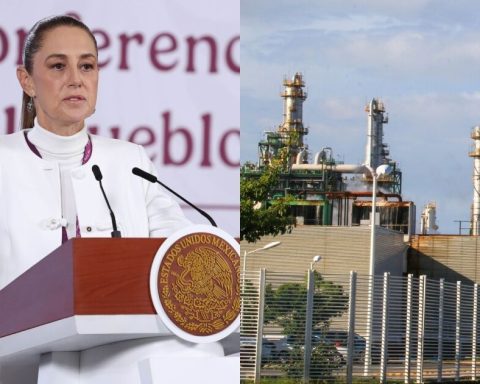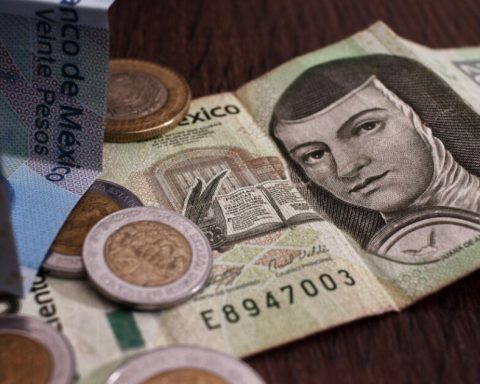Yo
Asked last Friday about the possibility of a tax reform, President Sheinbaum responded: “Still, I believe, what’s more, we have already studied it for several months, there are many opportunities for collection, without the need for a deep tax reform… but still “If additional reforms are necessary, we will be working on it throughout next year.”
The title of these lines speaks of a deadline that will never be met because the Greeks did not count time in calends, as the Romans did. The calends were the first day of each month, which coincided with the new moon. The tax reform in Mexico will take place by the Greek calends; The surviving economists of the 1960s know this, because they were enthusiastic about the reform proposal formulated in 1960 by Nicholas Kaldor, hired by the Secretary of the Treasury, Antonio Ortiz Mena; The study was produced by Kaldor over a three-month stay. The economists of El Colegio de México, headed by Victor Uriquidi, were encouraged like no one else and some of them worked on a reform proposal based on Kaldor’s study, well into 1964. Nothing ever happened in this matter… with time and a hook
.
When he was in Mexico, Kaldor was fellow from King’s College at the University of Cambridge. He had been a student of John Maynard Keynes and was a debater feared for his logical scalpel in the arduous debates of those years on the theory of capital. Luigi Passinetti, heir to the Cambridge Post-Keynesians, once recalled the bitter and angry words expressed by Kaldor regarding to Ortiz Mena’s lawyers
that frustrated his work. Some illiterate lawyers in the matter.
Those involved in those years have died, Kaldor, Víctor Urquidi, Antonio Ortiz Mena (and of course Keynes and Passinetti, and also Ortiz Mena’s lawyers), and no one could see Kaldor’s famous reform… nor any other worthy of being called a reform fiscal. In 2022, Mexico’s tax burden (the relationship between tax revenue and GDP) was 16.9 percent, the lowest in the OECD, an institution to which Mexico belongs. The highest loadings were in France at 46.1 percent and Norway at 44.3 percent. In ranges above 38 percent, Finland, Italy, Denmark, Sweden, Germany, Netherlands. All, developed countries. The US burden is 27.7, although Trump intends to knock it down. That of Chile, 23.9, above that of Mexico.
The country’s future growth depends largely on the increase in the tax burden. The expansion of infrastructure for product growth depends on the tax burden; the fight against inequality and its impact on the expansion of the internal market, too. No one minimally informed can be against it. The increase in public resources, coming from a reform, would boost national income, through the investment multiplier and the aforementioned expansion of the internal market.
The reform should also reduce the enormous existing informal economy; we would have a large increase in public revenue to operate the development. In recent years the informal economy has maintained a growth trend. According to Inegi, it was equivalent to 22.6 percent of GDP in 2016 and 24.4 percent in 2022. But the figure for labor employment in the informal economy, in 2022, reached 55.4 percent of the country’s total employment. Shoutingly, he asks to get to work. Individual or family self-employment can be left as is, and companies can be formalized, at least those with 10 or more workers. They can be detected by the supply of electricity or water.
According to my reading of the statement transcribed above, the President is not in an absolute rejection of the tax reform. It is to be celebrated that the SAT has detected the perpetrators who must comply with tax regulations. Beyond that action, Mexico should pursue a far-reaching tax reform: a new era for the Mexican economy. It is necessary to know what the effect of Trump’s stance will be for the international economy, so as not to move into a swamp; Our dependence on our neighbor’s economy has to be part of the strategy. The reform should be a political pact between the government and all socioeconomic sectors. A pact for a new development with social justice in the background. New branches of the economy; import substitution to integrate maquiladora companies; achieve food self-sufficiency; decisively increase the age group that reaches higher education… Specify the specific purposes (branches of the economy) for which the additional resources would be used. Estimated improvements in the standard of living of employees. The prefiguration of a new economy, through a national political pact.
The term of the calends must end.















